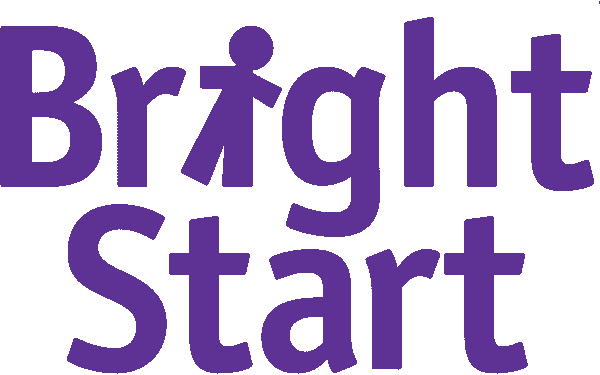Video Transcript:
Kelli Floyd:
Hi, my name is Kelli Floyd, and I am a Speech Language Pathologist at Bright Start. And I am so glad that
you’ve come back. If this is your first time joining us, I do want to welcome you. And I want to encourage
you to go back and look at some of our other videos. We have been doing some really awesome videos
with answering your questions, talking to you a little bit about our services at Bright Start. And we’re
about to start a series on tips for speech and language development. And this series is going to be great
for anyone who has children. Your children do not have to have a speech and language delay for you to
find benefit and value in this. And we’re really excited to start the series, and we’re really excited that
you’ve decided to join us.
If you haven’t already liked and subscribed to our pages, please feel free. Check out the description
below so you can find us on all our social media platforms and your favorite social media platforms. Be
sure to subscribe and like our YouTube page, so that you get notifications whenever we put these videos
out and can be one of the first ones to watch them.
So today, what we’re going to talk about is, I’ve talked a lot about, my child has a speech and language
delay, is this my fault? How does therapy look? But what I haven’t done is given you guys some tools to
start to work with your little ones. And today I’m going to talk about the most important tool, in my
opinion, that we all have. And it’s the tool of observation. So the first thing that I do when I go into a
home, and the first thing that I encourage parents to do, is to observe your child. And what do I mean by
that? I literally mean I want you to sit back and watch. Watch what they do. Watch what they’re
interested in. Watch what gives them a spark. Right?
When I come in and I’m going to work with your child, and we figured out what your goals are and what
your priorities are, what’s important to your family, what your routines are, the next thing that I am
going to do is I’m going to start watching your child. And what I’m looking for is what are they interested
in? What gets their attention? What seems to motivate them? What’s important to them? What do they
enjoy? And the reason that I’m looking for those things, is those are the areas that I’m going to focus on
for our therapy sessions. So you might tell me that it’s a really hard time for you whenever you have
meals. Then I’m going to watch you have a meal, and I’m going to find the things that your child is
already good at in that meal. I’m going to find the ways that your child enjoys that meal. And we’re
going to begin to incorporate those things into our sessions and then into your daily life to make that
time for you and your child more enjoyable.
So what might this look like? Perhaps I’ve joined you and we are going to be in your playroom today, and
you have a space that has a lot of toys. Maybe your child isn’t interested in any of the toys. Maybe your
child is interested in music and movement. Right? And so, I might observe that your child enjoys to spin,
or every time something musical comes on, your child’s eyes light up and their attention turns to that
thing. Well then, guess what we’re going to use to begin to facilitate therapy? We’re going to use music.
That’s right. That’s the thing that lights your child up. That’s the thing that they’re interested in. And I
can utilize music to work on any of my goals. And I can teach you to do the same.
I can teach you to use music in your day-to-day life in a way that doesn’t add more to your plate. I can
teach you to use music during meal times, or even just getting to the table for a mealtime. I can teach
you to use music during your bath time. I can teach you to use music during diaper changes and getting
dressed. It’s really that simple. When you find the thing that lights your child up, the thing that they’re
interested in, you’re going to want to dive into that. So start with observation. Our first tip is just to
watch your child. You don’t need to do anything but just observe. Look to find out what they’re
interested in. Look and see what brings the light to their eyes, what catches their attention. Those are
the things that we’re going to use to move them forward in the speech and language development.
I hope that this has been helpful. And please come back next time for our next tip on how to move your
child forward in their speech and language development. Have a great day.
